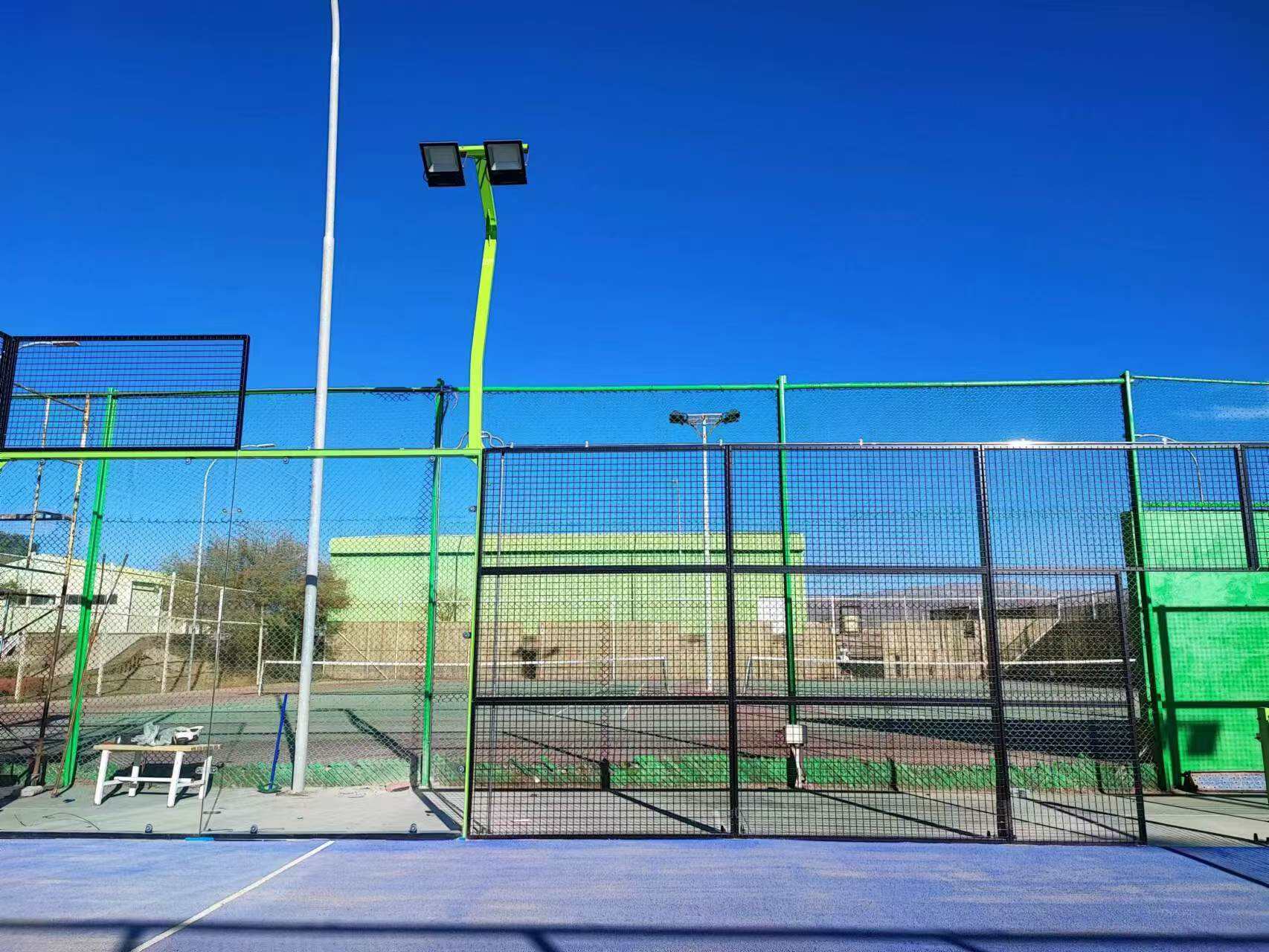Essential Elements of Professional Padel Court Construction
A padel court serves as the foundation for this increasingly popular racquet sport, combining elements of tennis and squash into an exciting and social game. The quality of a padel court significantly impacts player experience, safety, and game performance. Understanding the key components and specifications of a premium padel court is crucial for facility owners, players, and investors looking to provide the best playing conditions.
Modern padel courts have evolved considerably since the sport's inception in Mexico during the 1960s. Today's courts incorporate advanced materials, precise measurements, and carefully engineered components to ensure optimal gameplay and durability. Whether you're planning to build a new facility or upgrading existing courts, recognizing these essential features will help you make informed decisions.
Court Structure and Dimensions
Standard Measurements and Layout
A regulation padel court follows strict dimensional requirements to maintain consistency across competitive play. The standard court measures 20 meters in length and 10 meters in width, creating a rectangular playing surface. The playing area is divided by a net positioned at 88 centimeters in height at the center and 92 centimeters at the sides, ensuring proper ball trajectory during gameplay.
The enclosure height requires particular attention, with back walls standing at 4 meters tall and side walls featuring a stepped design. The initial 3 meters maintain solid construction, while the upper section typically incorporates metallic mesh panels for additional height where required. These precise measurements create the perfect environment for the unique dynamics of padel gameplay.
Wall Construction and Materials
The walls of a high-quality padel court combine tempered glass panels and metallic mesh, creating the distinctive enclosed playing environment. The glass panels, typically 10-12mm thick, provide the necessary durability and perfect rebound characteristics essential for competitive play. These panels must be properly mounted and sealed to prevent water infiltration and ensure player safety.
The metallic mesh sections complement the glass structure, offering additional height while maintaining visibility for spectators. The mesh should be galvanized and powder-coated to resist corrosion and weathering, ensuring longevity even in challenging outdoor conditions. Proper installation includes secure mounting systems and appropriate spacing between panels to accommodate thermal expansion.
Playing Surface Specifications
Artificial Turf Selection
The playing surface of a premium padel court typically features specially designed artificial turf, filled with silica sand to precise depths. The ideal turf should measure between 11-14mm in height, offering the perfect balance between ball speed and player comfort. The fiber density and composition significantly influence gameplay, with monofilament fibers providing superior durability and performance characteristics.
Sand infill requires careful consideration, as it directly affects ball bounce and player movement. Professional courts utilize specifically graded silica sand, applied at approximately 16-19 kg per square meter. This precise amount ensures consistent ball bounce while providing appropriate shock absorption for player safety and comfort.
Base Construction and Drainage
Beneath the artificial turf lies a crucial foundation system that ensures proper drainage and surface stability. A well-constructed base typically consists of multiple layers, including a compacted aggregate sub-base, asphalt or concrete surface, and specialized shock-absorbing materials. This layered approach provides essential drainage capabilities while maintaining a level playing surface.
Proper drainage design prevents water accumulation, allowing for year-round play even in adverse weather conditions. The surface should maintain a slight gradient (approximately 1%) to facilitate water runoff while remaining imperceptible to players. Advanced drainage systems may incorporate additional features such as peripheral channels and collection points to manage water effectively.

Lighting and Accessory Requirements
Professional Lighting Systems
Adequate lighting represents a critical component of any high-quality padel court, especially for facilities offering evening play. Professional lighting systems typically employ LED technology, providing uniform illumination across the entire playing surface. The recommended light level for competitive play ranges between 300-500 lux, ensuring optimal visibility without creating glare or shadows.
Strategic placement of lighting fixtures requires careful consideration of mounting heights and angles. Most professional courts utilize four to six lighting poles or roof-mounted fixtures, positioned to eliminate shadows and ensure consistent illumination. Modern LED systems offer additional benefits such as energy efficiency and reduced maintenance requirements.
Essential Court Accessories
A complete padel court installation includes various accessories that enhance functionality and player experience. Entry doors should feature high-quality hinges and handles, typically positioned at both ends of the court. The net system must include proper tensioning mechanisms and durable posts, ensuring consistent height and tension throughout extended play periods.
Additional accessories might include specialized cleaning equipment, maintenance tools, and court protection systems. Professional facilities often incorporate digital scoring systems, camera mounts for recording matches, and spectator areas designed to optimize viewing angles while maintaining player concentration.
Frequently Asked Questions
How long does a professional padel court typically last?
A well-constructed padel court can last 15-20 years with proper maintenance. The artificial turf surface typically requires replacement every 4-6 years, depending on usage intensity. Glass panels and structural elements can maintain their integrity for the full lifespan of the court when properly maintained.
What maintenance does a padel court require?
Regular maintenance includes weekly cleaning of the artificial turf, periodic redistribution of sand infill, and inspection of glass panels and metallic components. The drainage system should be checked seasonally, and lighting fixtures require annual maintenance. Professional cleaning services are recommended quarterly to maintain optimal playing conditions.
Can padel courts be installed indoors?
Yes, padel courts can be successfully installed in indoor facilities, provided there is adequate ceiling height (minimum 8 meters recommended) and proper ventilation. Indoor installations often require additional considerations for lighting design and may benefit from specialized climate control systems to ensure player comfort.

